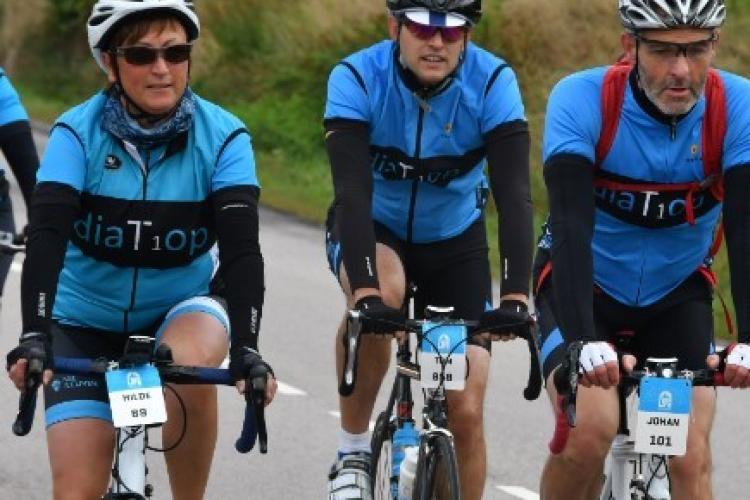
Three commonly asked questions about exercise and diabetes
1. What’s the best time of day to exercise?
Is there an ideal time of the day to exercise? The ‘correct’ answer to this is that the time that suits you best, as it means you’re more likely to complete it!
Having said that, there is a lot of research on the effect of exercise at different times of the day on blood glucose values. In particular, whether before or after a meal may be more effective. Research has shown that exercising both before or after food can improve your blood glucose values; however, exercise after food is often seen as more effective.
Try checking your blood glucose values before and two hours after your next meal with a bout of light to moderate intensity exercise in between. See if you can spot a difference to what your blood glucose values might be without the exercise.
2. How do I start/get back into exercise?
Starting and maintaining exercise is a challenge. Here are a few tips to getting (and keeping) the ball rolling:
- Don’t bite off more than you can chew! Start small and realistic, and work your way up as you improve.
- Set a goal! Giving your exercise purpose and having a target is a great way to stay motivated.
- Plan ahead. Making it a priority in your day will help improve your chances of success.
- Speak with a professional. Sometimes a helping hand can go a long way. Consult with an exercise physiologist who can prescribe you individualized exercise and help you stay on track.
3. What exercise is best for diabetes?
Different types of exercise can have different effects on your blood glucose values, and understanding these may help in deciding what works best for you.
Aerobic exercise (or cardio) like walking/jogging, swimming, or cycling, can cause your blood glucose values to decrease during and after the exercise by using glucose in the blood for energy, like a sponge soaking up water. These are great for managing spikes in your blood glucose values.
Resistance exercise (or strength training) helps to increase muscle size means we have more space to store glucose in our cells, burn more energy when we are active (and even at rest), and keeps our ability to complete activities of daily living high! All of this results in lower blood glucose values over the long-term.
Incidental activity involves things we do every day that are physically active (housework, walking at the shops etc.), and makes up the largest part of our daily activity. The more active you keep your muscle the more glucose you use. Therefore, incorporating as much incidental activity into our days as we can is an incredibly important part of maintaining good health.
All of these types of exercise can help lower your blood glucose values, improve your insulin sensitivity for 6-42 hours post-exercise, and improve your overall diabetes management. So pick the types that you enjoy and are most likely to do (although a combination of all of these will work best)!
These commonly asked questions are a small taste of some of the information you may be seeking in your diabetes management journey.
©Diabetes Australia
23 01 2023

